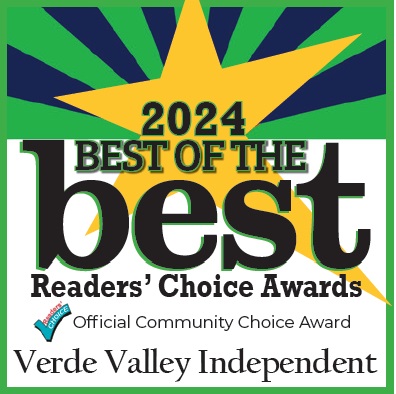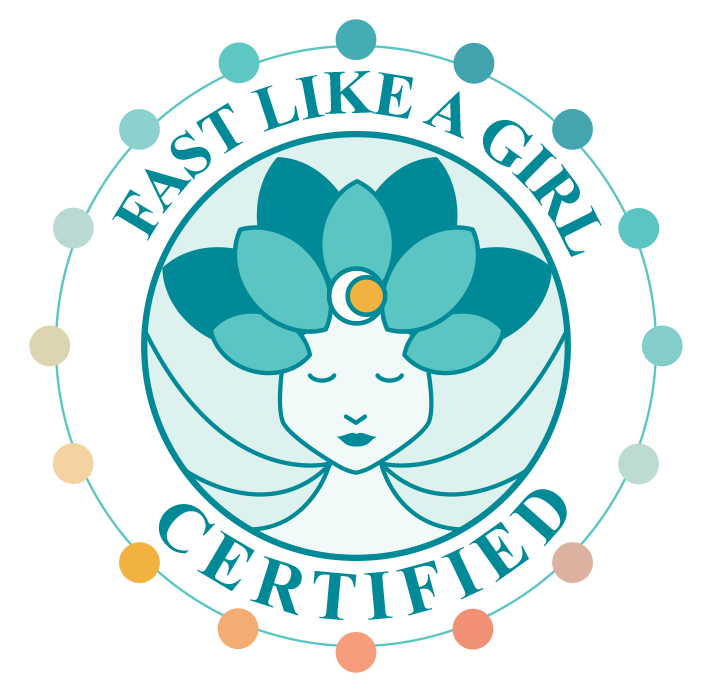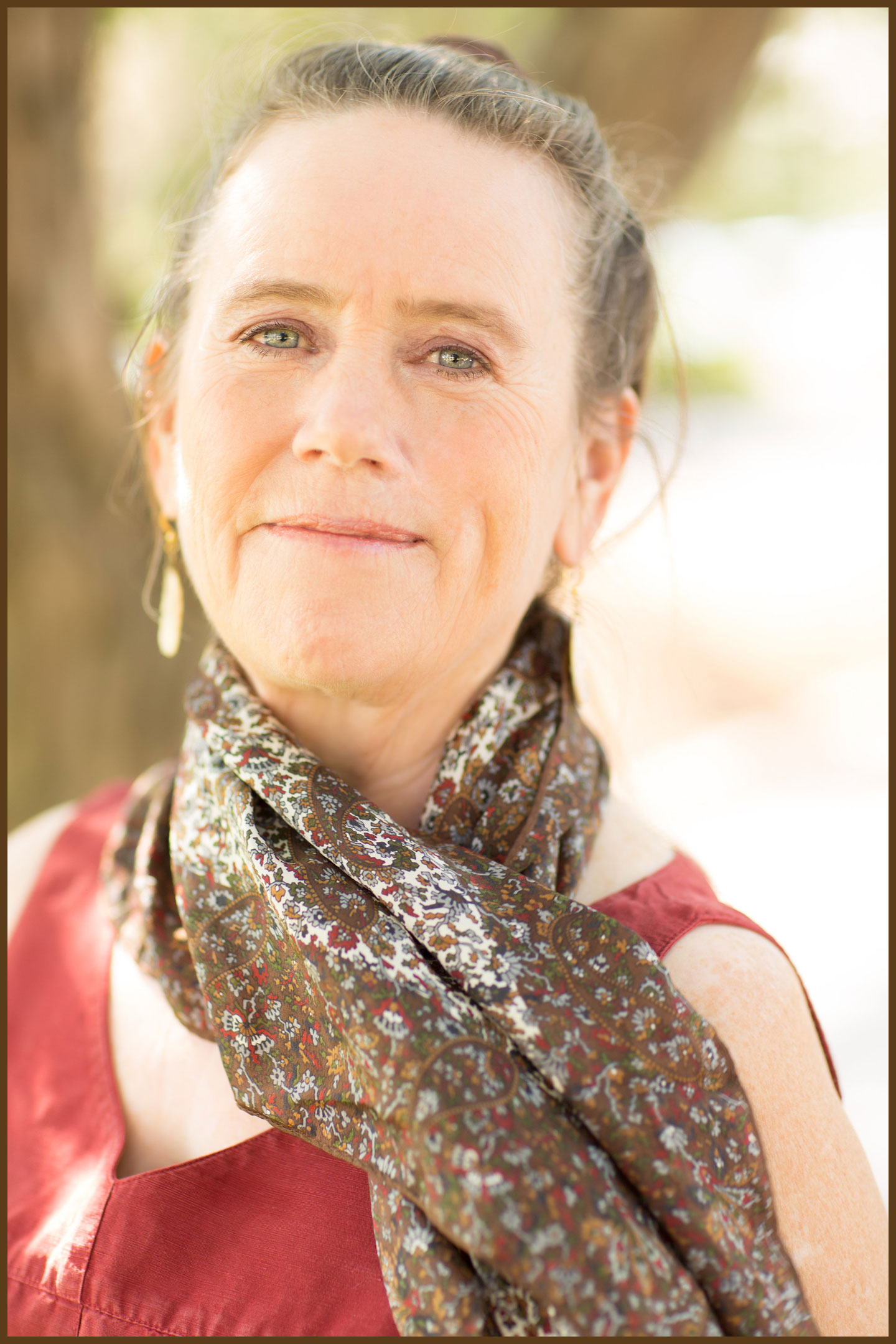Naturopathic physicians individualize their treatments to their patients based on their training and how the patient presents.
There is a contemporary doctrine in mainstream medicine of “Evidence-Based Medicine,” or EBM.
This doctrine demands that medical treatments be derived from population-based statistical evidence. This evidence comes from “randomized, controlled, double-blind, statistically-significant studies” & meta-analyses of these studies. The evidence accumulated in these studies is purported to ensure patient safety and the efficacy of treatment.
What is the evidence?
From my perspective, evidence-based medicine presupposes that all patients react the same. The conclusion is that when drugs, surgical interventions, or other treatments are studied on a population, we can know how that drug will affect an individual person.
The fact is that doctors know better.
From doctors’ experience, a FDA-approved drug does not always work and it is not true that side effects are rare. Doctors must assess whether a treatment works more than it doesn’t, and working must mean being without intolerable side effects.
If you know anyone treated with mainstream medicine for high blood pressure, you will see the trial-and-error process at work. Start with a first-line drug, and if it doesn’t work, then tweak the dose. If that drug is not tolerated, then try another. If that still does not bring the blood pressure to the target range, then try adding drugs together, in different combinations. This is all trial, error, and correction with a new trial.
Limitations of the evidence
The FDA admits the limitation of statistical evidence of studies and EBM in how they determine whether a drug stays on the market. Data from patients’ reactions to FDA-approved drugs are gathered and tabulated from doctors for “post-market surveillance.” This determines whether the actual benefits outweigh the risks, and if a drug will stay on the market.
Witness the drugs DES, Quaalude, Darvon, Vioxx, Propulsid, and 30 more in the last century.
All were pulled from the market due to the risks outweighing the benefits. Although these drugs were FDA-approved, and some had been on the market 27 – 30 years, they were deemed more harmful than beneficial. Evidence was gathered from deaths and the causation of other diseases, enough to deem them harmful.
EBM falls apart when treating the individual patient.
There are many confounding factors which could cause the drug not to work. Age, health status, and a predisposition from genetics are obvious confounding factors. In addition, the other drugs a patient is taking and factors from the environment can also affect how a patient reacts to a drug. A population study cannot reflect any of these factors.
Jeff Clark, a Naturopathic Physician and co-owner of True Health Medicine in Oregon asserts:
Allowing EBM doctrine and the FDA drug-approval process to narrowly define what may be viewed as legitimate medicine excludes most of the biologically relevant materials found on our planet. Substances occurring in nature and used traditionally for millennia as herbal and indigenous medicine do not generally possess the human-produced novelty that is essential for acquiring a patent.
Useful evidence
Doctors gather evidence in their clinics every day. The patient comes in and says, “this worked” or “this didn’t work.” The doctor sees the side effects of the medicine, and together they determine if it is tolerable or not.
If we really want to gather useful evidence, then researchers might design studies differently. A trial of a treatment, and not necessarily a drug, could be narrowed down to find out if it works for a certain type of person. We could determine that a treatment could work for a certain type of person experiencing a certain condition.
All traditional natural modalities classify patients in order to determine the treatment. Chinese medicine has a vast array of diagnoses from yin-deficient to blood stagnation. Ayurvedic medicine classifies doshas. With that type of understanding of the patient, then we can see that a treatment matches the condition.
Paracelsus talked about temperament. Hahnemann talks of homeopathic miasm. Modern-day ND’s have found commonalities in blood type and body-type. There are a multitude of ways to classify ways in which the body manifests.
In the allopathic world, there is even a genetic test to determine which drugs will have disastrous side-effects. Some insurance pay to have the patient tested, for more efficacy and safety. That is a bit of evidence that could prove useful, especially from the patient’s point of view.
It would be a whole different world of research if we determined that this treatment works for this type of patient with this condition. Then the evidence might more closely match what doctors find happening in their offices.
This evidence could help doctors with the science aspect of the art of medicine. It could even help in the individualized treatment of patients.
The evidence of time
This is not even mentioning the long-time traditional use of herbs, nutrients, homeopathic remedies, home remedies and practices that time has tested and proven to work. This is handed down mentor doctor to new doctor and in Naturopathic medical schools, and is evidence of an entirely different sort.
In addition, the cultural memes that change over time affect what works and what does not work.
The example of Prozac comes to mind. In early studies, it did not work much better than the placebo. Over time, studies showed it worked better and better statistically. My explanation is an amplified placebo effect from cultural expectations. Once people knew about Prozac and thought it could help them, it did start to help.
An article in Wired says:
Two comprehensive analyses of antidepressant trials have uncovered a dramatic increase in placebo response since the 1980s. One estimated that the so-called effect size (a measure of statistical significance) in placebo groups had nearly doubled over that time.
It’s not that the old meds are getting weaker, drug developers say. It’s as if the placebo effect is somehow getting stronger.
I explain it in terms of memes, or morphic fields. When there are cultural expectations, the behavior of reality can change.
There is evidence of this, as well.
If it were not for the great variability between individuals, medicine might as well be a science, not an art. – William Osler, 1892





